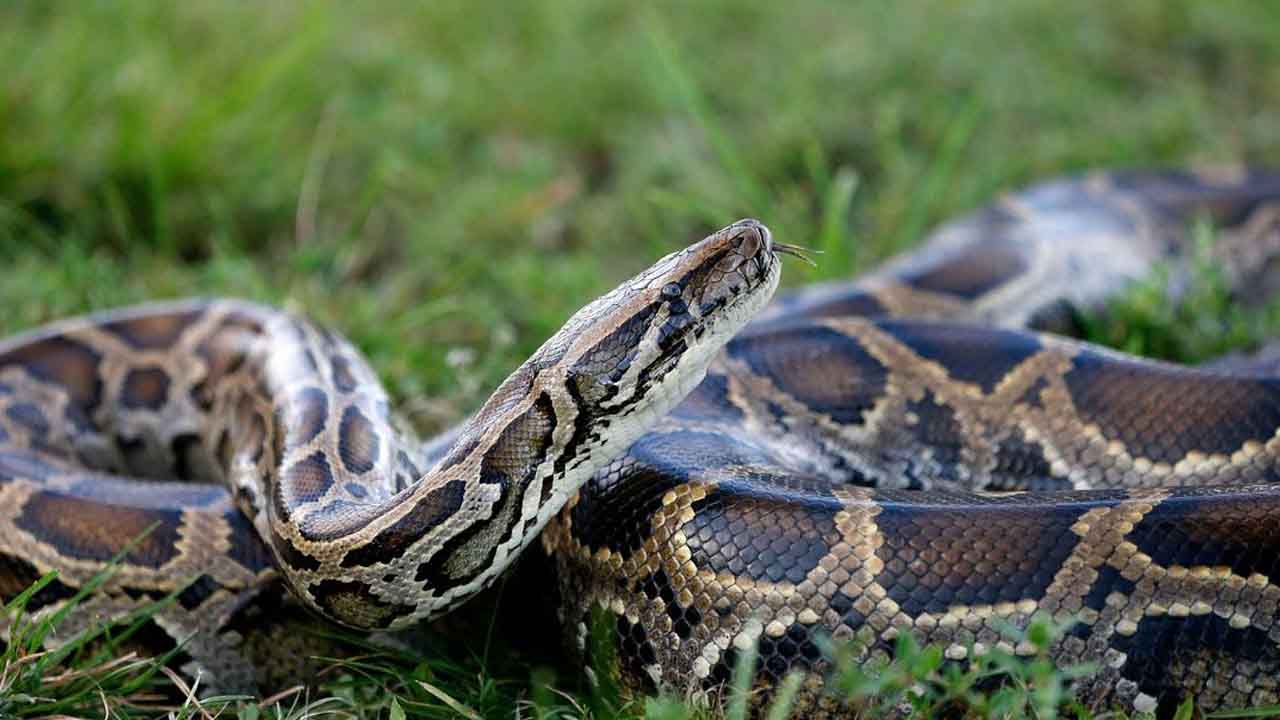The fashion industry has long been associated with luxury and exclusivity, and the use of exotic animal skins is no exception. From crocodiles and snakes to lizards and ostriches, these skins are considered some of the most expensive and coveted materials in the world of fashion. However, the recent arrest of Nancy Gonzalez, a prominent purse designer whose products have been featured on 'Sex and the City,' has shed light on the darker side of this industry.

On Friday, Gonzalez was charged with smuggling illegal animal skin handbags into the country, a violation of the Lacey Act that prohibits the importation of certain wildlife and their products. The handbags/'>handbags in question were made from the skins of endangered species, including caimans and crocodiles, which are protected under international law. The bags were manufactured in Colombia, where the animals are bred in captivity and their skins are processed into fashion goods.
Gonzalez is not the first fashion designer to be caught up in this controversy. In fact, the use of exotic animal skins in the fashion industry has been a contentious issue for years. While some argue that it is a legitimate form of luxury and craftsmanship, others decry it as inhumane and unsustainable, with devastating effects on both the animals and the environment.
One of the biggest criticisms of the exotic animal skin trade is its impact on biodiversity. Many of the species used in the industry are endangered or threatened, and their exploitation for commercial purposes only exacerbates the problem. According to the World Wildlife Fund, the demand for crocodile skins alone has doubled in the past decade, putting pressure on wild populations and encouraging the growth of farms that breed the animals in captivity.
In addition to biodiversity concerns, there are also ethical and animal welfare issues associated with the trade. The conditions in which exotic animals are kept and slaughtered for their skins are often inhumane and cruel, with little regard for their welfare. Animals raised on farms often suffer from stress, disease, and injury, while those in the wild are hunted or poached for their valuable skins.
Despite these concerns, the use of exotic animal skins in the fashion industry continues to be a lucrative and sought-after commodity. Brands like Hermes, Chanel, and Louis Vuitton are known for their high-end bags and accessories made from crocodile and python skins, which can cost upwards of tens of thousands of dollars. For some consumers, owning a piece of this luxury is a symbol of status and prestige, and the allure of exotic skins remains strong.
However, there are signs that attitudes may be shifting. As the public becomes more aware of the environmental and ethical implications of the exotic skin trade, some fashion brands are opting to phase out their use of these materials. Gucci, for instance, announced in 2017 that it would stop using fur in its products, while other brands like Stella McCartney and Prada have also pledged to reduce their reliance on animal products.
In the case of Nancy Gonzalez, it remains to be seen what the consequences of her actions will be. If convicted, she could face fines and imprisonment, as well as damage to her reputation as a luxury designer. However, her arrest also highlights the larger issues at play in the exotic skin trade, and raises important questions about the future of fashion and sustainability. As consumers become more conscious of their choices and demand more transparency from brands, the industry may need to embrace more ethical and environmentally-friendly practices in order to stay relevant and viable in the years to come.